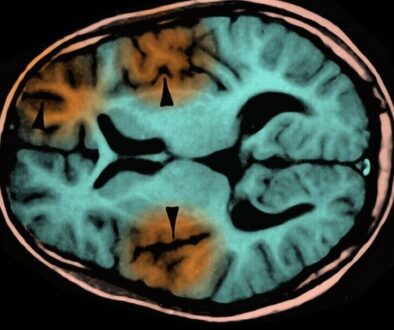Nazi program to eliminate the homeless, seriously disabled, “useless”
 .
.
The T4 Program, officially known as Aktion T4, was a covert operation initiated by the Nazi regime in Germany during the early years of World War II. It aimed to eliminate individuals deemed “unworthy of life,” including those with disabilities, the mentally ill, and others considered non-productive members of society. Here’s a detailed overview of the program:
Background and Objectives
The T4 Program was rooted in the Nazi ideology of racial purity and eugenics, which posited that the Aryan race was superior and that those who did not conform to this ideal were a burden on society. The program sought to:
Eliminate individuals with disabilities: This included people with physical and mental disabilities, as well as those suffering from chronic illnesses.
Target the homeless and socially marginalized: The program also aimed at those who were homeless or otherwise considered non-productive, reflecting a broader societal disdain for individuals who could not contribute economically.
Implementation
Initial Phase
Inception: The program began in 1939, shortly after the outbreak of World War II. It was initially presented as a public health initiative.
Secrecy: The operation was conducted in secrecy, with the public largely unaware of its true nature. The name “T4” comes from the address of the program’s headquarters at Tiergartenstraße 4 in Berlin.
Methods
Identification: Victims were identified through a combination of medical assessments and reports from family members, social workers, and healthcare providers.
Transport and Execution: Victims were transported to designated killing centers under the guise of receiving medical treatment. Methods of execution included gas chambers, lethal injections, and starvation.
Locations: Notable killing centers included Grafeneck, Hartheim, and Sonnenstein. These facilities were equipped to carry out mass killings efficiently.
Scale and Impact
Victims: It is estimated that between 70,000 and 300,000 individuals were murdered under the T4 Program. The exact number remains uncertain due to the secretive nature of the operation.
Public Reaction: As reports of the program began to leak, there was public outcry, leading to its official cessation in 1941. However, the killings continued in a more decentralized manner throughout the war.
Legacy
The T4 Program set a precedent for the broader genocidal policies of the Holocaust. It demonstrated the Nazi regime’s willingness to employ systematic murder as a means of achieving their ideological goals. The program also raised ethical questions about medical practices and the role of healthcare professionals in facilitating such atrocities.
Post-War Consequences
After the war, many individuals involved in the T4 Program faced prosecution, but the extent of accountability varied. The program remains a significant example of the dangers of dehumanization and the consequences of extremist ideologies.
The T4 Program serves as a chilling reminder of the potential for state-sponsored violence against marginalized groups and the importance of safeguarding human rights.


